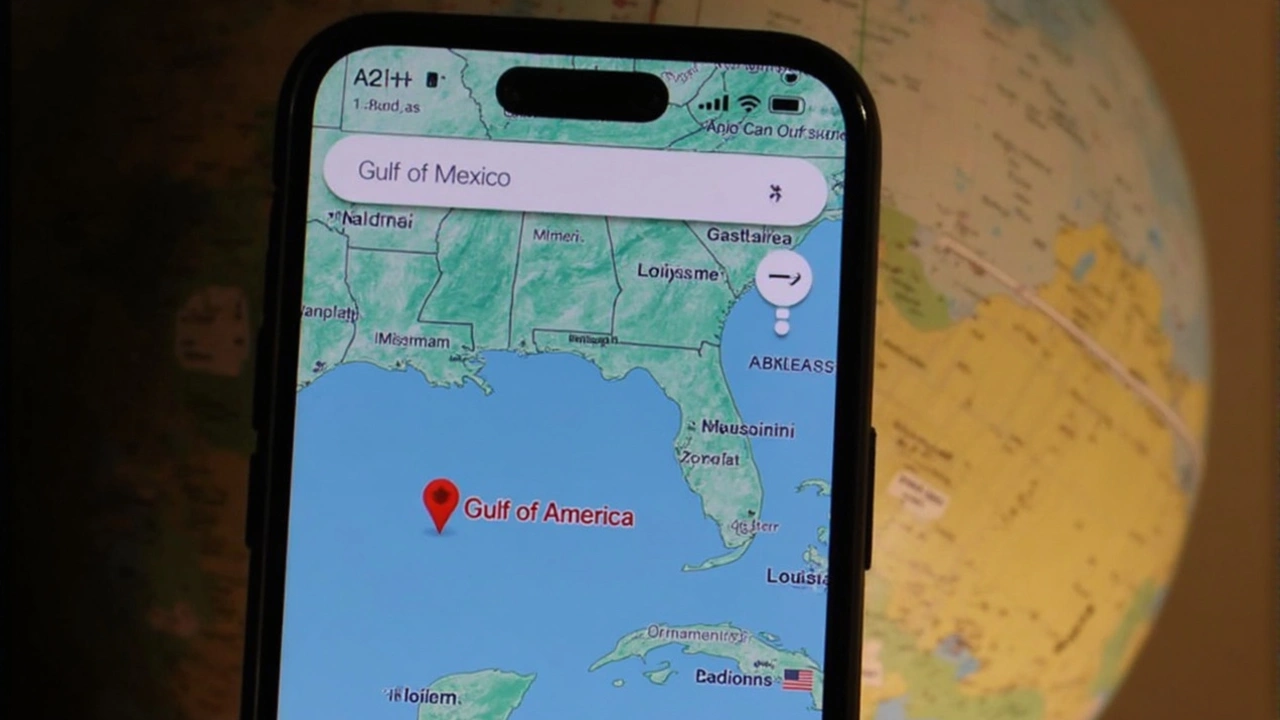The Gulf of Mexico is no more—at least for American audiences viewing it on Google Maps. This change arises from Executive Order 14172, named 'Restoring Names That Honor American Greatness,' issued by President Donald Trump. Set to take effect on February 11, 2025, the order officially rebrands this expansive body of water as the Gulf of America. It's not just a map update; it's a move laden with political symbolism and one that's got tongues wagging online.
Executive Order 14172 and Its Symbolic Moves
The rebranding is part of a broader effort by Trump's administration to align geographical names with American history and significance. This renaming initiative doesn't stop with the Gulf. Up in Alaska, Denali is reverting to its earlier name, Mount McKinley, with both changes set to appear in the FAA's upcoming chart updates. The aim, as articulated in the executive order, is to restore names that highlight America's past grandeur and influence.
Of equal note is Trump's declaration of February 9 as 'Gulf of America Day.' In his proclamation, Trump underscored the historical ties and significance the Gulf region holds for the United States, painting it as a critical element in the nation's history and future. Whether it’s trade, fishing, or oil, the Gulf's role in American economic and strategic interests is indisputable.
The Impact of the Renaming
Google Maps, always quick to implement changes consistent with official government documentation, rolled out the new terminology for U.S. users swiftly. This action follows Google's ongoing policy of mirroring updates made in official governmental sources, reflecting the name changes instantly in digital maps accessible to millions.
Social media platforms became a hive of discussion as soon as the change was noticed, with users split on its implications. Supporters lauded it as a bold move that aligns with Trump's nationalist agenda, while critics perceived it as unnecessary and politically motivated meddling with established geographical nomenclature.
The reactions echo the broader political divide in the country, with some lauding the decision as a stroke of patriotic endeavor and others questioning its value. What's clear is that the move isn’t just cartographic—it's a cultural shift echoing a narrative of national pride prominently pushed by Trump and his team.
For now, users in the U.S. will see the Gulf of America in bright letters on their digital maps, even as the rest of the world still recognizes it as the Gulf of Mexico. Whether this new name will gain traction on a global scale remains to be seen, but there's no doubt it's a bold statement of American self-recognition and grandeur.




